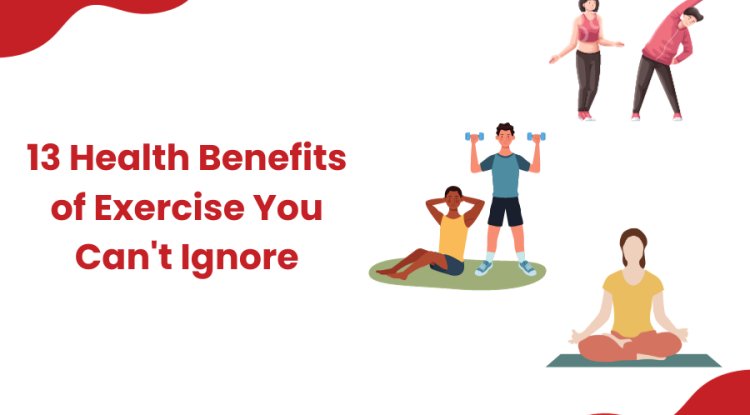Smoking can cause high blood pressure
Smoking is a well-known cause of many health problems, including high blood pressure. In this blog , we'll explore the link between smoking and high blood pressure, the negative effects smoking can have on the cardiovascular system, and ways to quit smoking to reduce the risk of developing high blood pressure.

Smoking is the act of inhaling and exhaling the smoke produced by burning tobacco or other substances, such as marijuana. It is a common habit that has been practiced for centuries and has become a global health concern due to its harmful effects on human health.
"Smoking is like paying someone to kill you. They're rich and you're dead."
Smoking tobacco products, such as cigarettes, cigars, and pipes, releases numerous harmful chemicals and toxins into the air, including tar, carbon monoxide, and nicotine. These chemicals can cause damage to various organs in the body, such as the lungs, heart, and brain, and increase the risk of developing several health conditions, such as lung cancer, heart disease, stroke, and respiratory illnesses.
The harmful effects of smoking are not limited to the smoker. Secondhand smoke, also known as passive smoking, is the smoke exhaled by the smoker and the smoke produced by the burning of tobacco products. Secondhand smoke can be just as harmful as smoking itself, and it can increase the risk of developing several health conditions in non-smokers, including lung cancer, heart disease, and respiratory illnesses.
Despite the well-known health risks associated with smoking, it remains a popular habit in many parts of the world. In recent years, there has been a growing awareness of the dangers of smoking, and many countries have implemented measures to reduce smoking rates, such as raising taxes on tobacco products, banning smoking in public places, and launching public health campaigns to educate people about the dangers of smoking.
Blood pressure refers to the force of blood pushing against the walls of arteries as it flows through the body. It is an important measure of cardiovascular health and can be an indicator of underlying health issues.
"Monitoring your blood pressure is an easy and effective way to prevent heart disease."
Blood pressure is measured in millimeters of mercury (mmHg) and is represented by two numbers: systolic pressure (the higher number) and diastolic pressure (the lower number). Systolic pressure measures the pressure in the arteries when the heart beats, while diastolic pressure measures the pressure in the arteries between heartbeats, when the heart is at rest.
Normal blood pressure ranges between 90/60 mmHg and 120/80 mmHg. High blood pressure, also known as hypertension, is defined as a systolic pressure of 130 mmHg or higher or a diastolic pressure of 80 mmHg or higher. High blood pressure can damage blood vessels and lead to serious health problems, such as heart disease, stroke, and kidney disease.
Low blood pressure, also known as hypotension, is defined as a systolic pressure of less than 90 mmHg or a diastolic pressure of less than 60 mmHg. Although low blood pressure is not usually a cause for concern, it can cause symptoms such as dizziness, fainting, and fatigue.
There are several factors that can affect blood pressure, including age, gender, weight, physical activity, diet, and genetics. Lifestyle factors such as smoking, alcohol consumption, and stress can also have an impact on blood pressure.
Managing blood pressure is important for overall health and can be done through lifestyle changes and medication. Lifestyle changes such as regular exercise, maintaining a healthy weight, reducing sodium intake, and limiting alcohol consumption can help to lower blood pressure. If lifestyle changes are not enough, medication may be prescribed to help lower blood pressure.
Regular blood pressure monitoring is important for identifying and managing hypertension and other cardiovascular health issues. Individuals should talk to their healthcare provider about their blood pressure and any concerns they may have about their cardiovascular health.
How smoking can cause high blood pressure?
Smoking is a harmful habit that can lead to a range of health problems, including high blood pressure. When a person smokes, the chemicals in cigarettes cause damage to the lining of the blood vessels, which can make them narrower and less flexible. This can lead to an increase in blood pressure as the heart has to work harder to pump blood through the narrowed blood vessels.
Nicotine, one of the primary chemicals in cigarettes, is also a stimulant that can raise blood pressure by increasing heart rate and narrowing blood vessels. Additionally, the carbon monoxide in cigarette smoke can decrease the amount of oxygen that reaches the heart and other organs, further increasing the workload of the heart.
The link between smoking and high blood pressure is well established. According to the Centers for Disease Control and Prevention (CDC), smoking raises blood pressure temporarily, but it can also lead to long-term increases in blood pressure, which can damage blood vessels and increase the risk of heart attack, stroke, and other cardiovascular diseases.
Quitting smoking is one of the most important steps a person can take to reduce their risk of high blood pressure and other health problems. Within just a few weeks of quitting smoking, blood pressure levels can begin to improve, and over time, the risk of heart disease and stroke can decrease significantly.
In addition to quitting smoking, other lifestyle changes can also help to lower blood pressure and reduce the risk of heart disease. These include maintaining a healthy weight, exercising regularly, eating a balanced diet, reducing sodium intake, and managing stress.
Smoking can cause high blood pressure and increase the risk of cardiovascular disease. Quitting smoking and making other lifestyle changes can help to lower blood pressure and improve overall health.
Prevention
Quitting smoking is one of the most challenging things a person can do, but it is also one of the most important steps to take for improving health and preventing serious health problems. Here are some tips for preventing smoking:
-
Find a reason to quit: Identify the reasons why you want to quit smoking, such as improving your health, saving money, or setting a good example for your children. These reasons can help motivate you to stay on track when you are feeling tempted to smoke.
-
Make a plan: Create a plan for quitting that includes a specific quit date, strategies for dealing with cravings and withdrawal symptoms, and support from friends, family, or a healthcare provider.
-
Consider nicotine replacement therapy: Nicotine replacement therapy (NRT) products such as patches, gum, or lozenges can help ease withdrawal symptoms and reduce cravings.
-
Avoid triggers: Identify the situations or activities that trigger your urge to smoke, such as drinking alcohol or being around other smokers, and avoid them as much as possible.
-
Stay busy: Find activities to occupy your time and keep your mind off smoking, such as exercise, hobbies, or socializing with friends who do not smoke.
-
Practice stress management: Stress can be a major trigger for smoking, so find healthy ways to manage stress, such as yoga, meditation, or deep breathing exercises.
-
Reward yourself: Set goals and reward yourself for reaching them. For example, you could treat yourself to a movie or a new outfit for every week or month that you go without smoking.
Remember, quitting smoking is a process that takes time, patience, and support. If you slip up and smoke a cigarette, don't give up. Use it as a learning experience and continue to move forward with your plan to quit. With persistence and determination, you can break free from smoking and improve your health and well-being.
What's Your Reaction?



















